
Introduction
Learning to draw flowers can be a relaxing and fulfilling hobby. Whether you are a beginner or an experienced artist, this article will provide you with valuable tips and techniques to help you improve your flower drawing skills. With practice and patience, you can create beautiful floral illustrations that will impress others.
Choosing the Right Tools
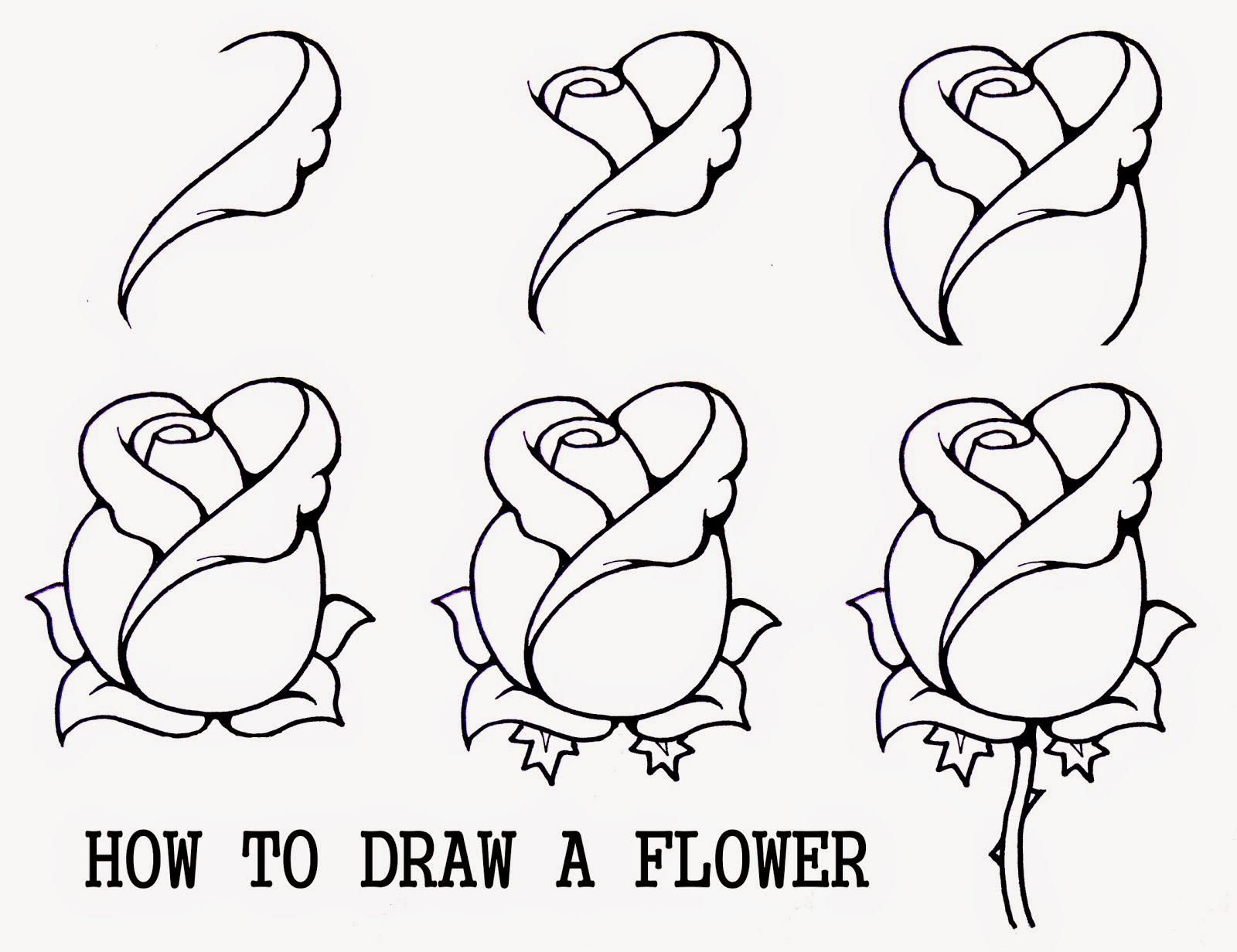
Before you start drawing, it's important to have the right tools. Invest in good quality pencils, erasers, and paper. Different types of pencils, such as graphite and colored pencils, can be used to add depth and color to your flower drawings. Experiment with different tools to find the ones that work best for you.
Observing Flowers
Take the time to observe real flowers or study reference images. Pay attention to the shapes, sizes, and details of different flowers. Notice how the petals and leaves are arranged and how the colors blend. Observing flowers closely will help you capture their essence in your drawings.
Understanding Basic Shapes
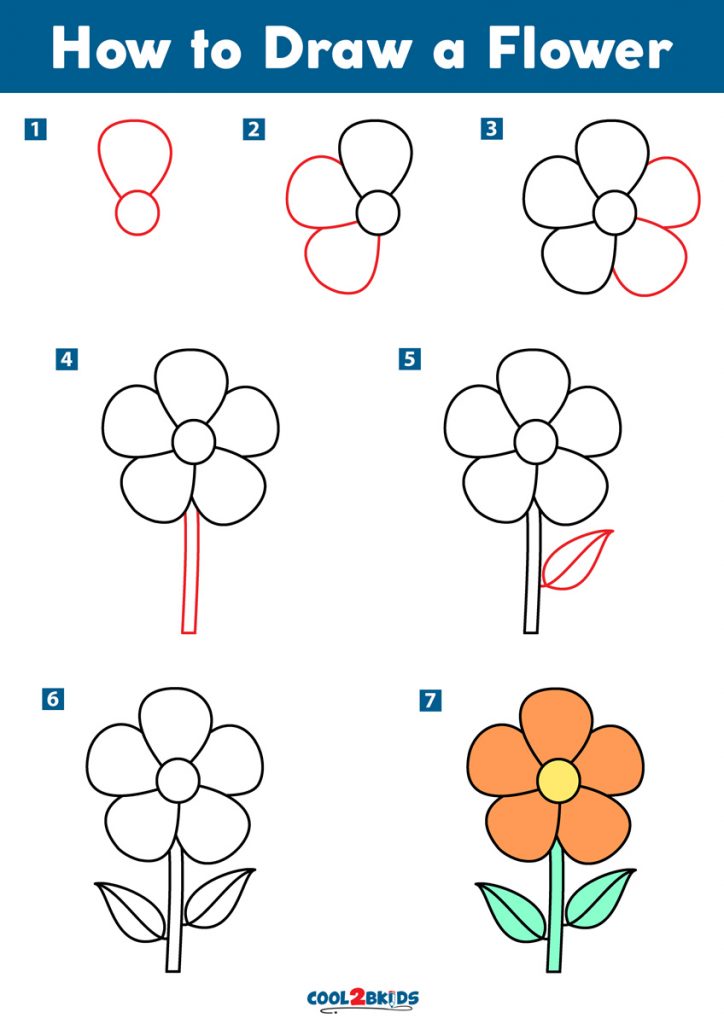
Break down flowers into basic shapes, such as circles, ovals, and triangles. Start with simple flower designs and gradually move on to more complex ones. This technique will help you create a solid foundation for your drawings and make it easier to add details later on.
Adding Details
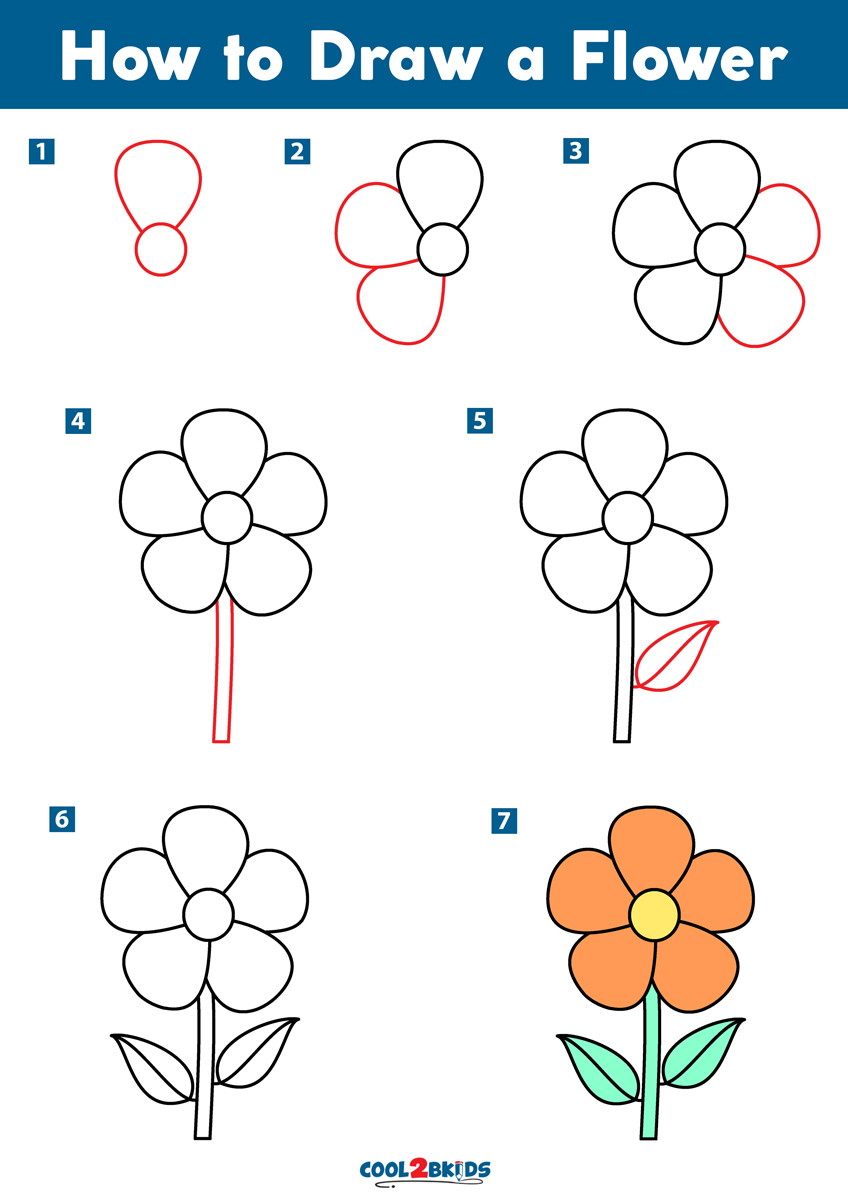
Details are what make your flower drawings come to life. Pay attention to the texture of petals, the veins on leaves, and the intricate patterns on the flower centers. Use light and shadow to create depth and dimension in your drawings. Practice different shading techniques to enhance your flower illustrations.
Coloring Techniques

Coloring your flower drawings can bring them to life. Experiment with different coloring techniques, such as layering and blending, to achieve realistic and vibrant colors. Use a color wheel to understand how different colors work together and create harmonious compositions. Practice color mixing to expand your color palette.
Drawing Different Types of Flowers
Explore drawing various types of flowers to broaden your skills. Roses, daisies, sunflowers, and tulips are popular choices. Each flower has its own unique shape and characteristics. By studying and drawing different types of flowers, you will improve your ability to capture their individual beauty.
Composition and Arrangement
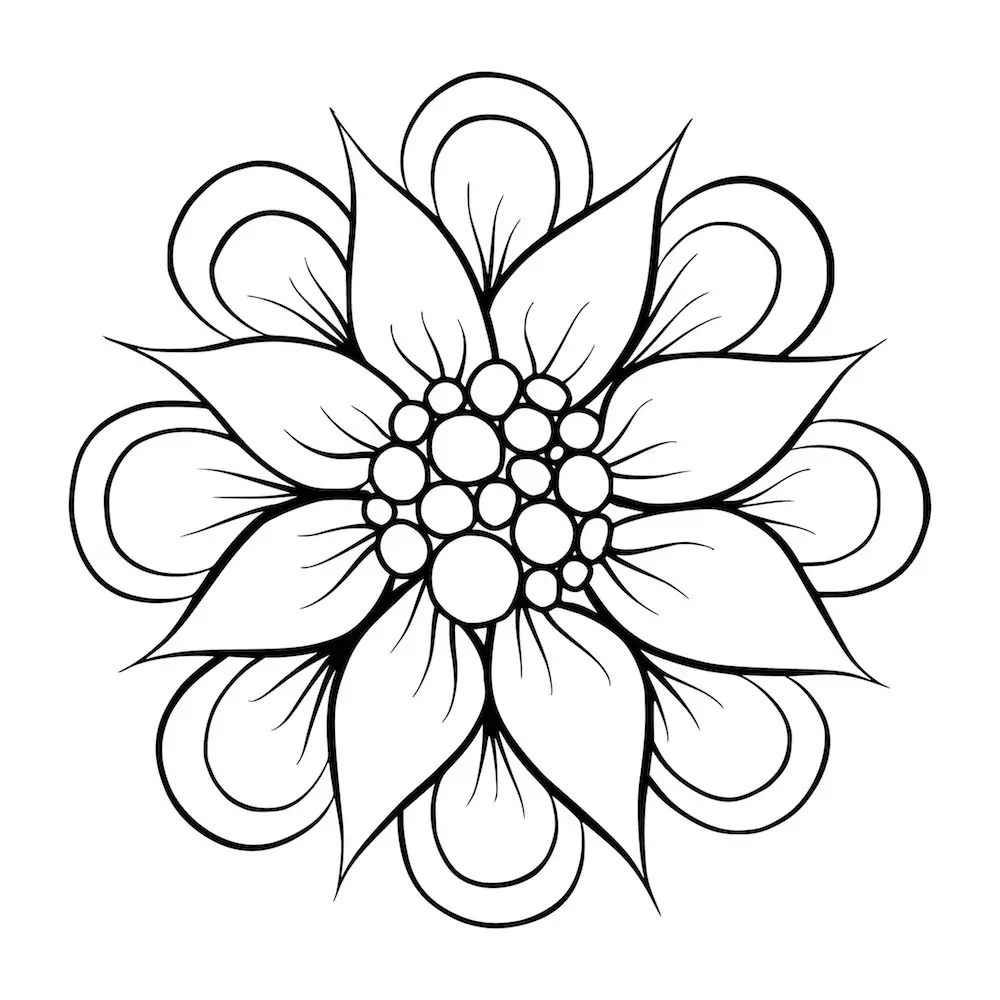
Consider the composition and arrangement of your flower drawings. Think about how you want to position the flowers on the page and how they interact with each other. Create a focal point and use the surrounding elements to enhance the overall composition. Experiment with different compositions to create visually appealing drawings.
Adding Backgrounds

Don't forget about the background of your flower drawings. A well-chosen background can provide context and enhance the overall composition. You can create simple backgrounds with washes of color or add more intricate elements like foliage or other flowers. The background should complement the flowers without overpowering them.
Using Reference Images
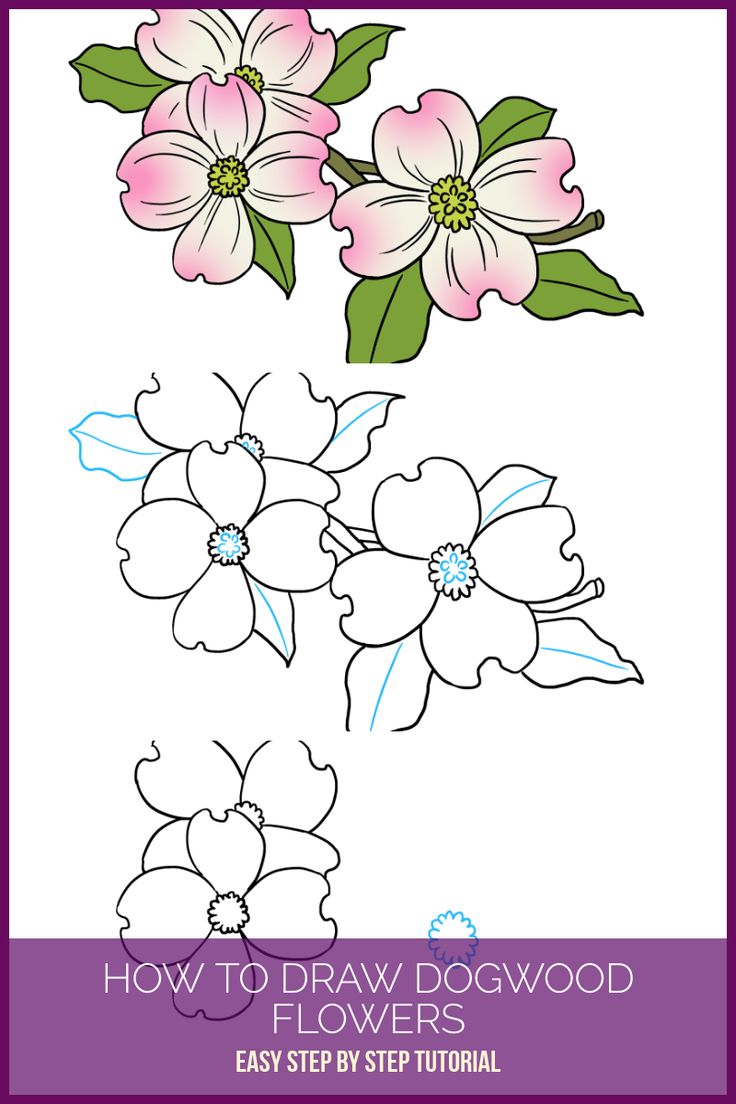
Reference images can be a valuable tool for learning to draw flowers. Look for high-quality photographs or illustrations that capture the flowers from different angles and in various lighting conditions. Use these images as a guide to improve your understanding of flower structures and to inspire your own creations.
Practice Regularly

Like any skill, drawing flowers requires practice. Set aside regular time to practice drawing flowers. Start with quick sketches and gradually move on to more detailed drawings. Don't be afraid to make mistakes; they are an essential part of the learning process. With each drawing, you will improve and develop your own unique style.
Conclusion
Learning to draw flowers is a rewarding and enjoyable process. With the right tools, practice, and observation, you can create stunning flower illustrations. Remember to be patient with yourself and enjoy the journey of learning and improving your drawing skills. So grab your pencils, find some beautiful flowers, and let your creativity bloom!